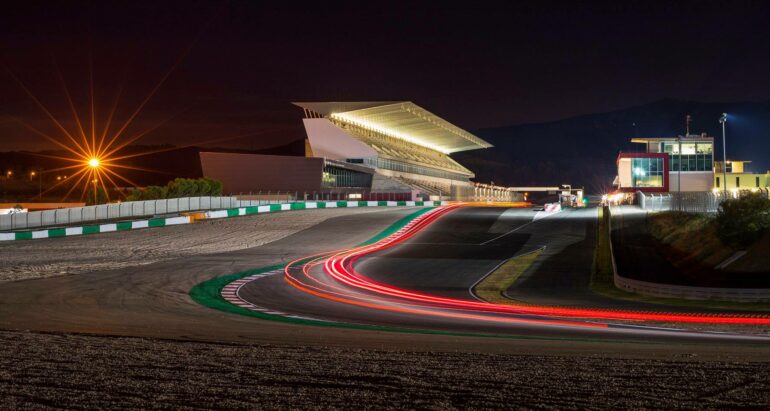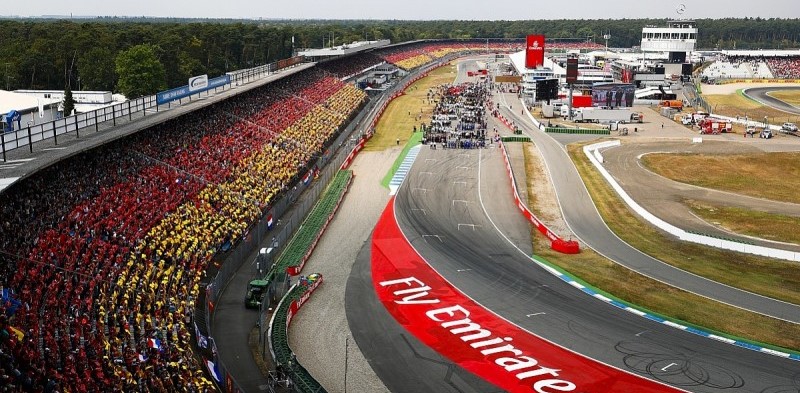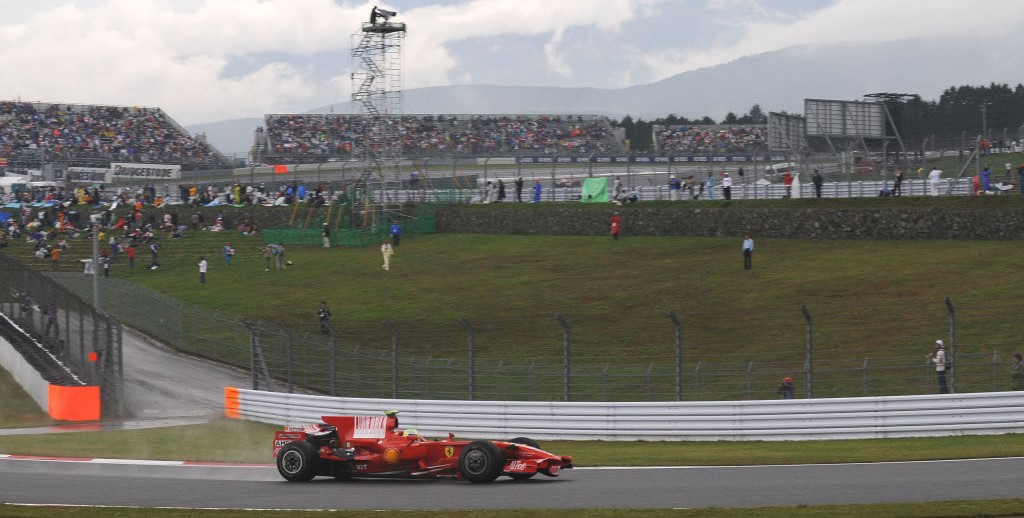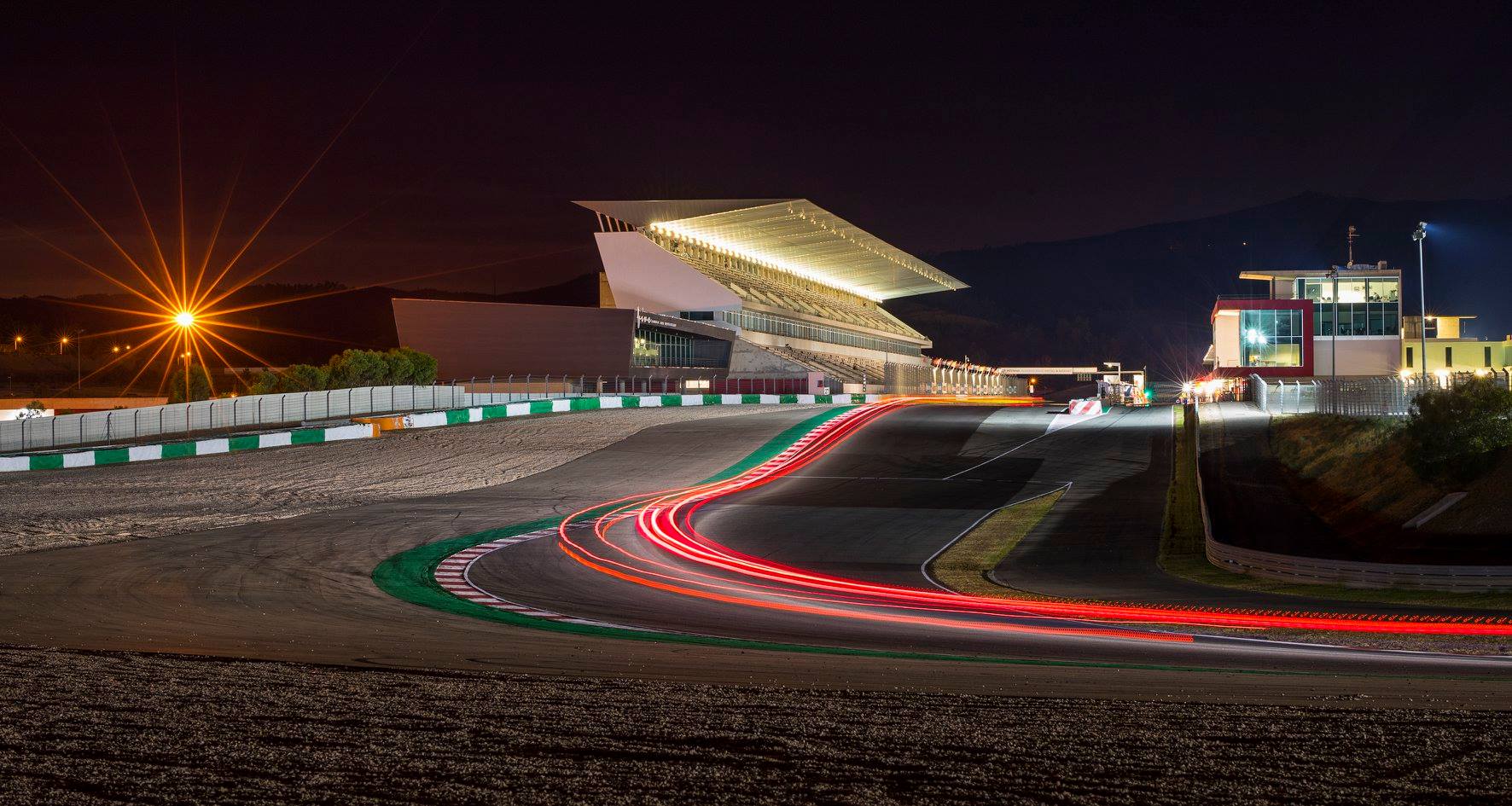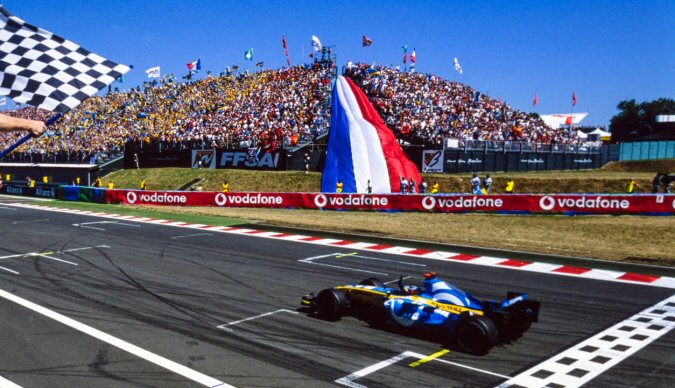The Formula One calendar is constantly evolving, with new tracks being added and old ones being removed each year. While the sport has explored new destinations in recent times, many fans still long for the return of some classic circuits that have been left off the calendar for one reason or another. In this article, we’ll explore five tracks that Formula One should consider bringing back to the calendar, based on their historic significance, fan appeal, and racing challenges they provide.
Number 1. Hockenheim
There is little optimism now that there is only one German driver on the grid after the German Grand Prix struggled to attract the public’s attention during Sebastian Vettel’s heyday and when Nico Rosberg was winning a World Championship for Mercedes.
Since the start of the hybrid era in Formula One, Hockenheim has hosted the last four German Grands Prix, but hasn’t staged a race since 2019. (won by Max Verstappen and best remembered for the slippery run-off area at final corner).
Even though the track no longer extends into the neighbouring woodland, it nevertheless has many of the original’s characteristics and features. The Turn 6 hairpin offers possibilities for close racing as drivers race back into the illustrious stadium complex.
Number 2. Fuji
Any motor racing enthusiast would choose Suzuka as the grandstand for the Japanese GP, but Fuji might also hold a particular place in their hearts.
The Speedway at the foot of the mountain, which is arguably the most picturesque circuit on the planet, hosted the legendary season finale in 1976. It also performed admirably when it last appeared on the F1 calendar in 2007 (Lewis Hamilton’s forgotten great wet victory) and ’08 (Fernando Alonso’s less contentious win for Renault).
Its main feature is a mile-long main straight, but as the lap progresses, the circuit gets trickier and more difficult.
Number 3. Portimao
The pandemic gave Imola the boost it needed to once again become an annual event on the calendar after years of aiming for it. Portimao, on the other hand, continues to compete in F1.
The Algarve track, a cutting-edge and fashionable grand prix location with breathtaking elevation, was the big revelation of the 2020 season. It put on another impressive performance the following spring before emerging as the front-runner to replace the cancelled Chinese round in 2023.
The inability to complete that arrangement dealt a blow to Portimao’s long-term prospects, leaving it still on the outside looking in after going two years in a row without a grand prix.
Number 4. Buddh
Some will contend that the Buddh International Circuit was well-liked by just a small number of people outside of India, and even that claim is dubious given the sharp decline in attendance from the first race to the final one.
The New Delhi venue was written off after three races between 2011 and 2013 in which Sebastian Vettel’s Red Bull dominated every single racing lap. No circuit in F1 history has been a greater victim of circumstance.
A lively, demanding course and an event with a decidedly Indian flavour—the orange, smoky haze extending across the track as the sun set immediately after a Test match in Mumbai—lies behind the repetitious outcomes, though.
With Liberty’s full support in terms of promotion, a restored and reimagined grand prix may help F1 take off in India, which is still a crucial market.
Number 5. Magny-Cours
Four unremarkable excursions to Le Castellet proved beyond a shadow of a doubt that Paul Ricard, with those garish run-off strips, is a test track with ideas above its station, making F1’s return to France in 2018 the right move to the wrong circuit.
Magny-Cours, which hosted the French GP from 1991 to 2008, is currently the greatest of the lot. Le Mans is the only outstanding track in France, which is surprising considering that it is a major centre for motor racing.
The middle sector’s two rapid chicanes, imaginatively named Nurburgring and Imola, are the highlight of the lap, closely followed by Estoril’s lengthy, winding Turn 3 right-hander, where drivers cling on for dear life while striving to maintain a high minimum speed.
